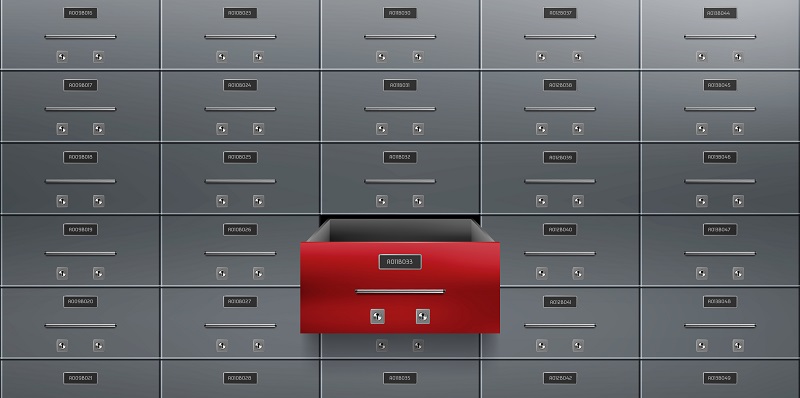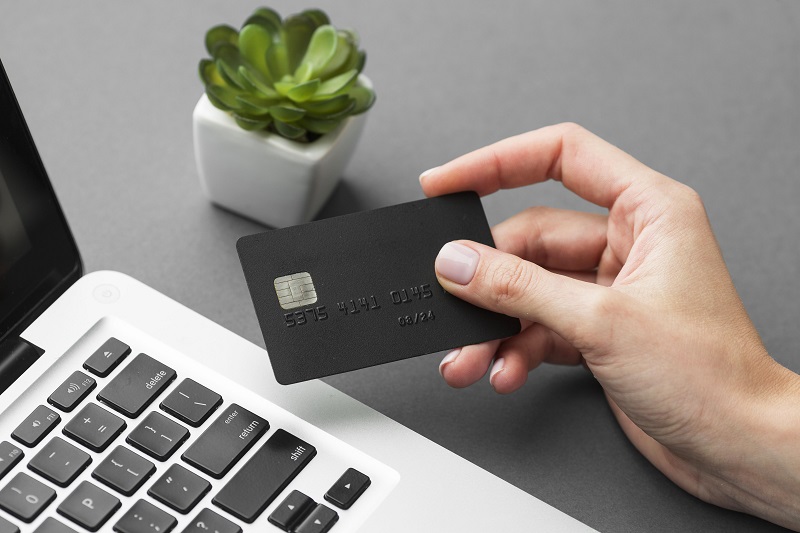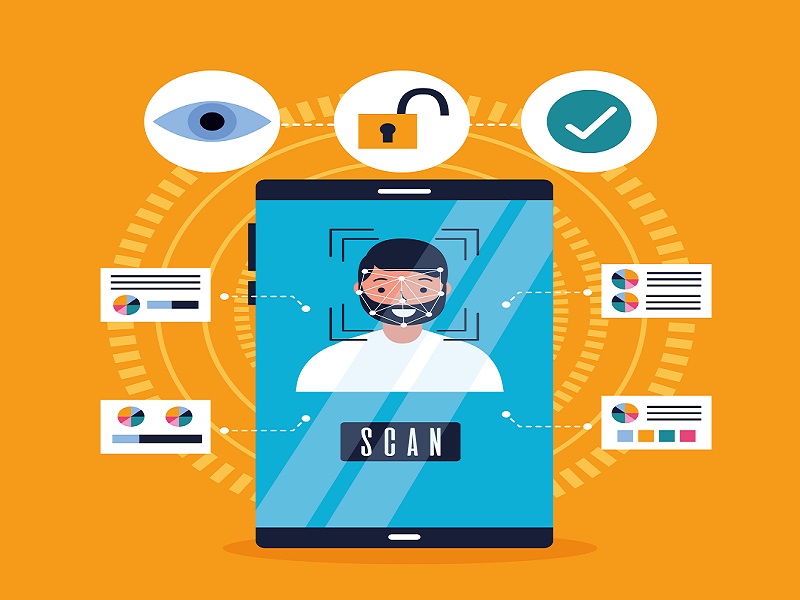The Buyt Desk
The Reserve Bank of India (RBI) issued new bank locker guidelines that are mandatory from 1st January 2023. Banks have to renew their locker agreements with their current locker customers. The new rule was revised in August 2021 for making it safer and viable for banks as well. The existing locker customers have to provide new proof of eligibility for a locker agreement with their respective bank. Even they have to sign the model locker agreement paper.
Banks are sending messages to their locker customers to implement this revised locker agreement by January 1, 2023. SBI (State Bank of India) customers received a message which says “As regulated by RBI, please visit your bank branch and execute the revised Locker Agreement by 1st January 2023. If you have already done, please ignore it”.
How to Open a Bank Locker?
Opening a bank locker is a simple process. But, the problem is the availability of safes in the required branch. Every branch has a list of lockers and a lockers’ waitlist as well. Therefore, when someone applies for a bank locker, the branch of the bank acknowledges the application of the customer and assigns one a specific waitlist number in case there are no available lockers.
To open a bank locker, a customer doesn’t require having a savings account in the same bank. This is because the facility is provided to all KYC-compliant clients irrespective of how their relationship with the bank. A locker rent of one year is gathered from the client in advance. Customers must have their authentic KYC documents. Then, they will have to fill out the application requiring a passport-size photograph also. Next, simply sign and stamp the locker agreement document in a specified Indian Banker Association (IBA) format.
Bank Locker Agreement
The bank locker agreement between the customer and the bank needs to be on stamp paper and must be signed and stamped. It’s one of the copy of which must be provided to the customer to better understand their rights and responsibilities.
The agreement details the specified terms and conditions of using the bank locker facility and the customer’s particulars. For example, customer name, address, contact number, locker rent, the license period, etc.
When Will Customers Get Compensation?
According to the RBI’s notification, it is the bank’s responsibility to take all the necessary steps for the safety and security of the premises where safe deposit vaults are kept. They must make sure that incidents including robbery/theft/burglary, fire, dacoity, and building damage do not happen on the premises of the banks due to their own negligence, shortcomings, and omission/commission act.
As per RBI’s notification, banks must have the option to break open any locker following due process when a customer doesn’t pay the rent for regular three years in a row. They shall make sure to inform the existing locker hirer before any modifications in the allotment and provide him or her an obvious chance to withdraw the articles he or she has deposited. A clause might be included in the agreement to this effect.
Banks should ensure that inventory is created following the bank locker opening and while claim settlement has the appropriate forms. Or, it must be as stated at this circular end or as near to them as the situation demands.
Moreover, unless otherwise need by law, banks should not check unopened or sealed packets put with them for safe custody or found in a bank locker prior to presenting them to the surviving locker hirers or depositors of safe custody stuff or to the nominee.







